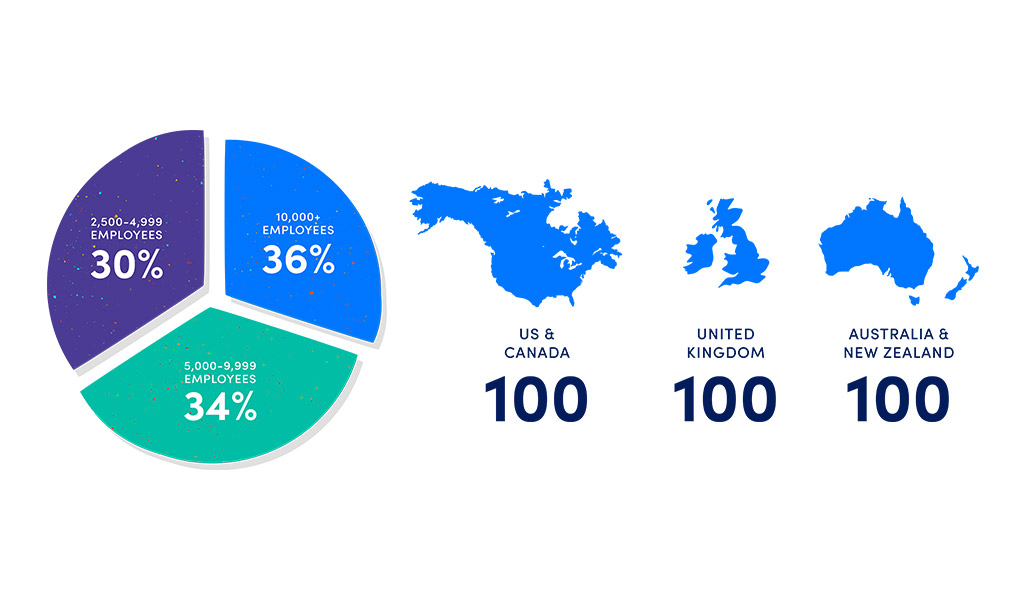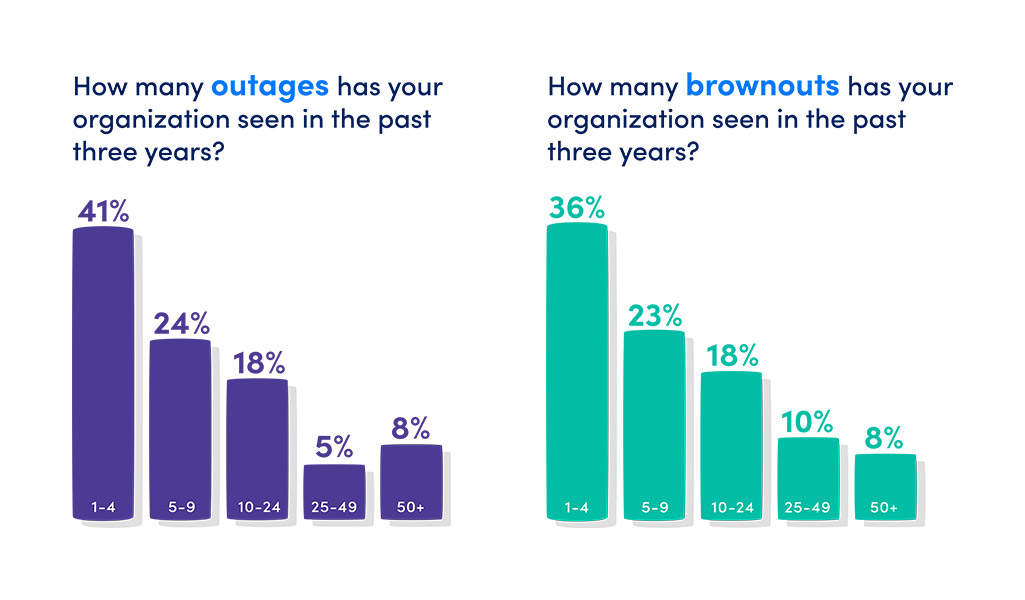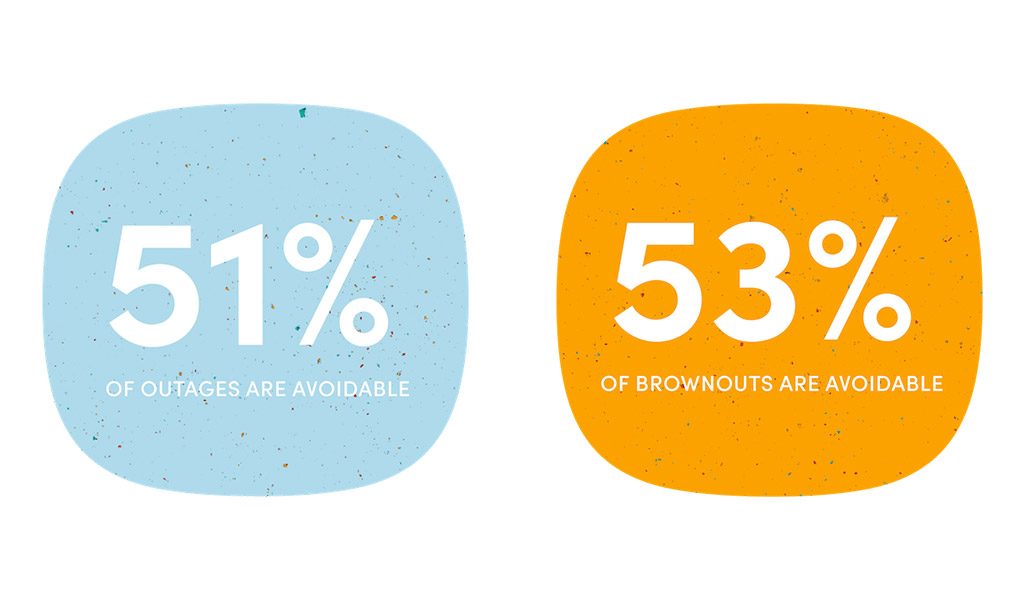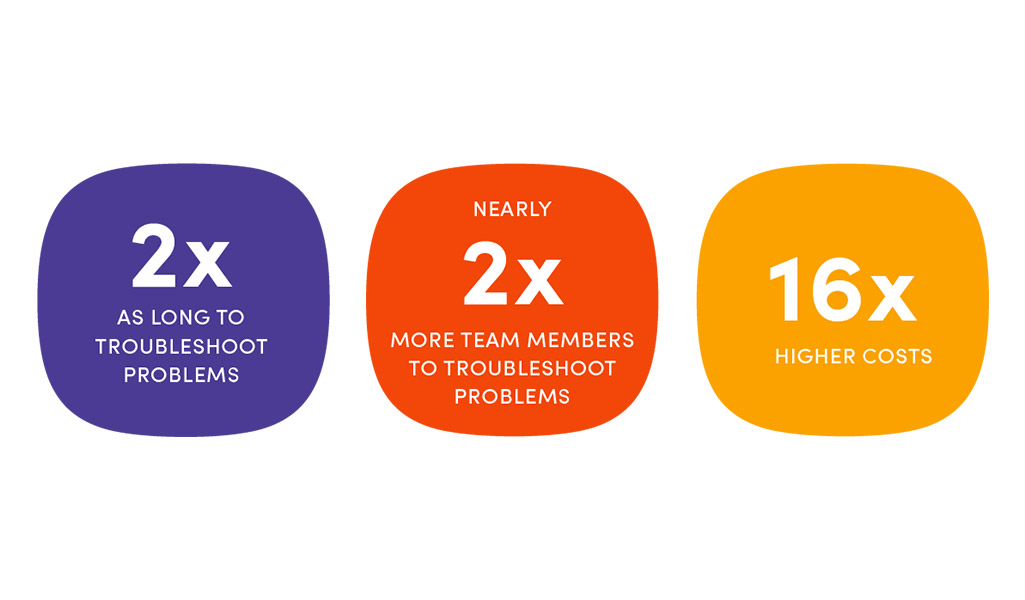We live in a digital world, and it’s becoming more and more apparent every day. We rely on our smartphones to give us directions to where we need to go. We rely on email to share information with our colleagues, family and friends. We access our medical records through online portals. We even hail a rideshare through an app that connects us to drivers in locations across the globe.
In this digital world, amidst the buzzwordy “digital transformation,” availability has become our most valuable commodity. However, availability is also difficult to maintain, even for the world’s largest enterprises. A glance at the headlines shows that high-profile outages and brownouts happen all the time, and no organization is exempt.
You may have been one of the shoppers at Target on a recent Saturday when a point-of-sale outage meant customers couldn’t complete purchases for more than two hours, causing lines around the stores. Or perhaps you were one of the British Airways customers who was unable to check-in for your flight due to a recent IT outage, resulting in long lines and flight disruptions at many major airports. Or maybe it’s as simple as not being able to keep up with your networks on your favorite social media channels – like Facebook and Twitter – due to IT outages.
The reality is, the more reliant we are on technology in our daily lives, the more impactful IT outages become, affecting much more than just an organization’s bottom line. To dig deeper into the impact of downtime for today’s businesses, LogicMonitor surveyed 300 global IT decision makers at organizations with 2,500 or more employees.


Here’s what we learned:
Availability Matters
And it matters not only to an organization’s customers, but also to the IT decision makers who are leading the charge. In fact, 80% of respondents indicated that performance and availability are important issues, ranking above security and cost-effectiveness. After all, it doesn’t matter if your IT infrastructure is secure or saving your organization money if it’s not up and running the way it needs to be.


Downtime is Rampant
Despite the clear importance of availability, 96% of IT decision makers surveyed across the globe had experienced at least one outage in the past three years, showing that downtime issues reach far and wide regardless of company size, vertical or location.These IT decision makers also said that 51% of outages – when an organization’s services are systems are unavailable – are avoidable. Further, 53% of brownouts – when an organization’s services remain available but aren’t operating at an optimal level – are avoidable. This means that organizations don’t have the means necessary – whether that’s tools, teams or other resources – to avoid these catastrophic issues, even when more than half of them could have been avoided.


When an organization experiences frequent outages, it impacts more than just the bottom line. Our survey found that organizations experiencing frequent outages and brownouts had up to 16x higher costs than companies who have fewer instances of downtime. Beyond the financial impact, these organizations also require nearly 2x the number of team members to troubleshoot problems, and it takes them an average of 2x as long to troubleshoot problems. So the already overburdened IT teams are using valuable time and resources to combat this prevalent issue.


Now that we know the many impacts downtime has for organizations, how can they identify the causes and work to reduce these occurrences? Well to start, a comprehensive monitoring platform like LogicMonitor can allow organizations to view their IT infrastructure through a single pane of glass, meaning potential causes of downtime are more easily identified and resolved before they can impact the business. This type of visibility is invaluable, allowing organizations to focus less on problem-solving and more on optimization and innovation.
Check out the full findings of the 2019-2020 IT Outage Impact Study to learn more about how downtime is impacting organizations, and how it can be avoided in the future.
